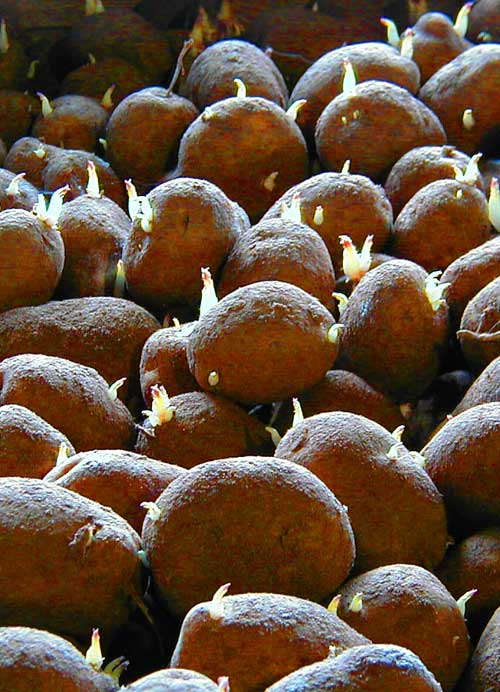
New limits apply to CIPC applications, following a review by PSD. In addition, some products have been re-registered which has resulted in significant label changes. However, not all product has been re-registered and so there is some scope for confusion.
"Speak to your contractor or BASIS advisor, understand the changes to the product label and keep a copy on file to refer to," urges Adrian Briddon from Sutton Bridge Experimental Unit (SBEU).
"The label contains statutory information which is the store manager’s responsibility to adhere to, not the CIPC contractors. This way when you plan applications you can ensure they observe the correct harvest intervals and total crop dosage."
This is the first season of CIPC stewardship and the use of the chemical is going to be under scrutiny both by the regulatory bodies and production protocol auditors. CIPC is now subject to a Maximum Residue Level (MRL) of 10 mg/kg.
Up to 36 grammes of CIPC per tonne of treated crop can be applied over a season to potatoes destined for the fresh market. The maximum dose for processed potatoes, including those used for peeling and fish & chip shops, is 63.75 g/tonne.
"Most crops should have had their first application of CIPC by now.
"Check late-harvested crops carefully before applying CIPC. If they are already sprouting, be aware that any application will probably need to be at a higher rate, in accordance with label recommendations. While more expensive, this cuts down the need for repeat applications and helps ensure MRL compliance," adds Mr Briddon.
